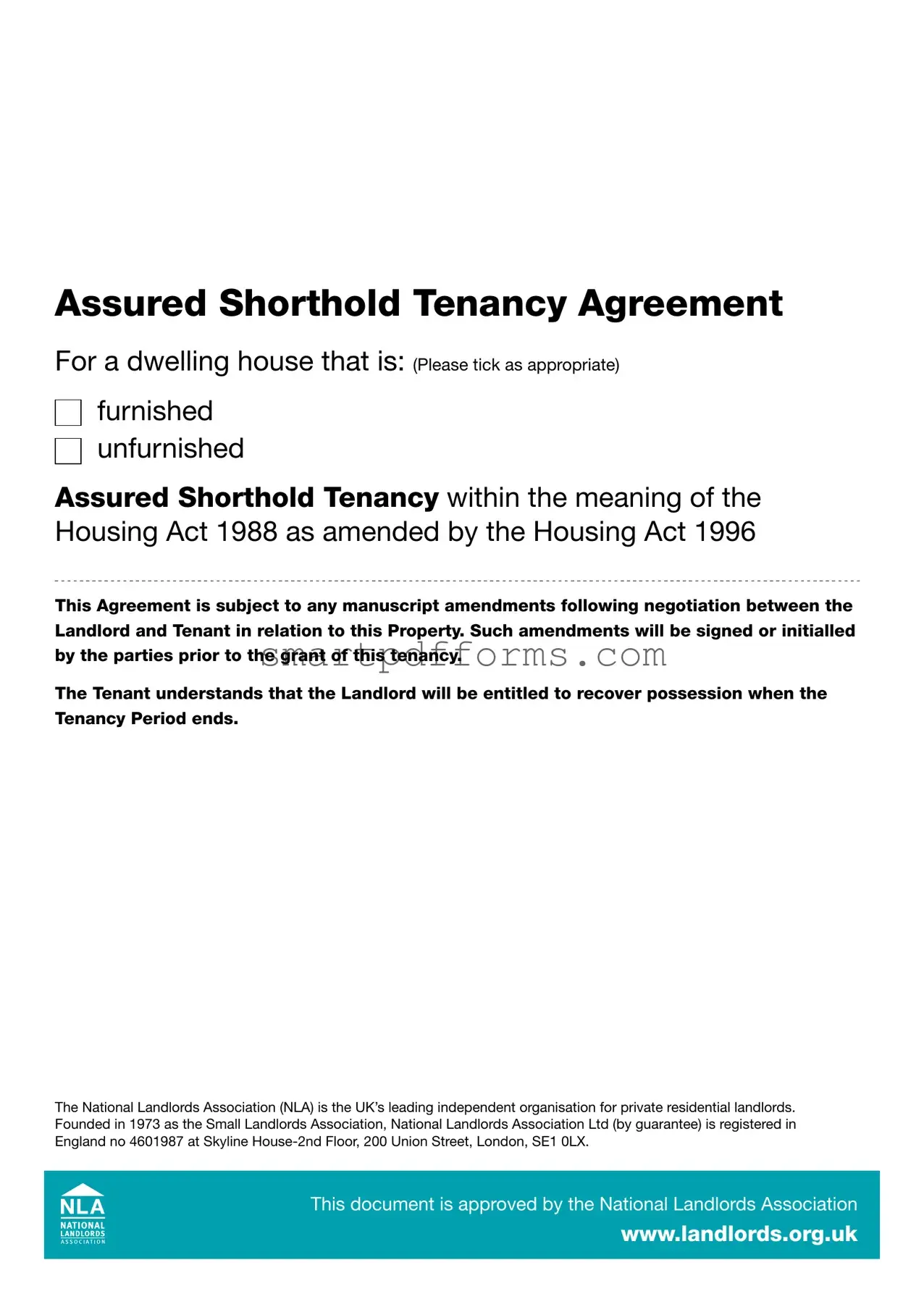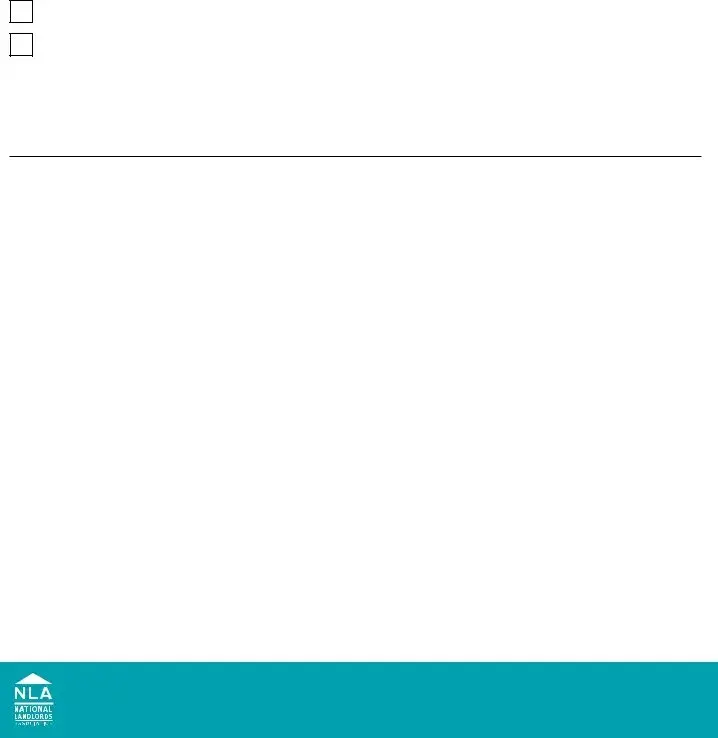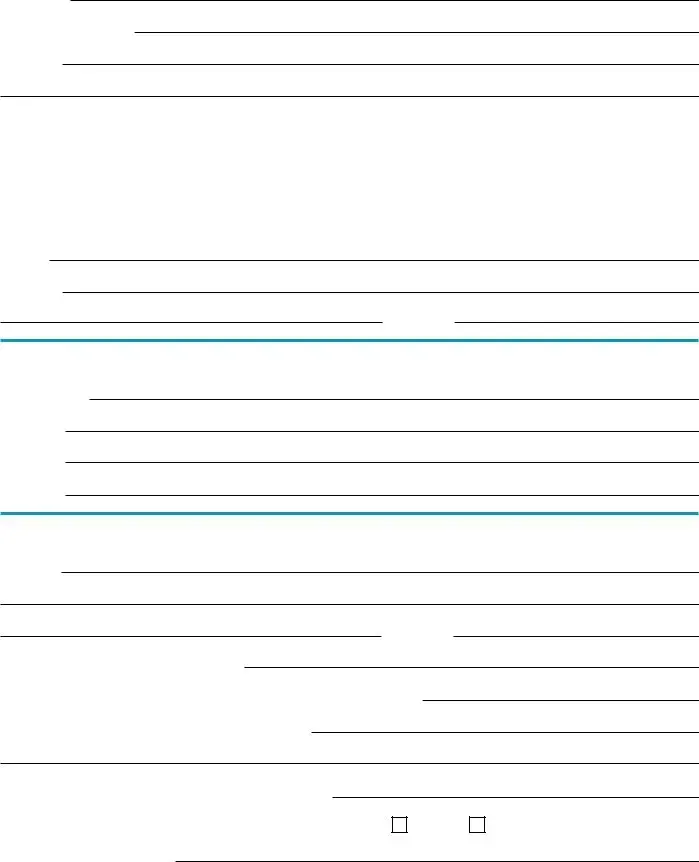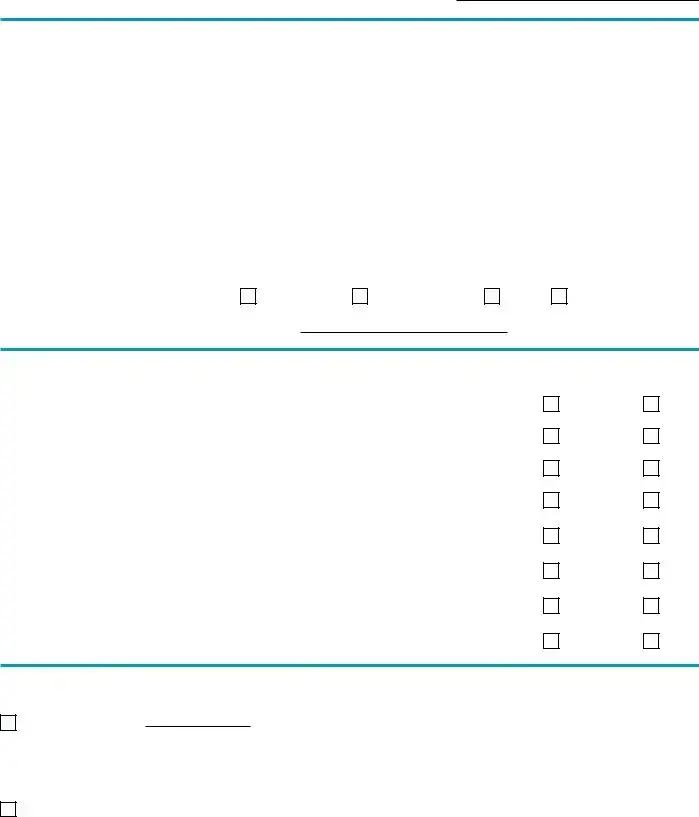The Landlord lets the Property and the Contents to the Tenant at the Rent for the Tenancy Period on the standard letting terms set out in this Agreement as varied or supplemented by any special letting terms.
1.Tenant’s Obligations
The Tenant hereby agrees with the Landlord as follows:
1.1Any obligation upon the Tenant under this Agreement to do or not to do anything shall also require the Tenant not to permit or allow any visitor to do or not to do the same thing.
Rent and Charges
1.2To pay the Rent at the times and in the manner specified in The Particulars whether or not it has been formally demanded.
1.3To pay the Utility, Council Tax (or similar charge which replaces it) and Charges for Services as specified in The Particulars.
1.4To pay to the Landlord all costs and expenses, on an indemnity basis, incurred by the Landlord in:
1.4.1The recovery from the Tenant of any Rent or any other money which is in arrears.
1.4.2The enforcement of any of the provisions of this Agreement.
1.4.3The service of any notice relating to the breach by the Tenant of any of the Tenant’s obligations under this Agreement whether or not the same shall result in court proceedings.
1.4.4The cost of any Bank or other charges incurred by the Landlord if any cheque written by the Tenant is dishonoured or if any standing order payment is withdrawn by the Tenant’s bankers.
1.4.5The cost of repairing, decorating or cleaning the Property or the Contents so they are to the same standard as at the commencement of the Tenancy (reasonable wear and tear excepted).
1.4.6Any other monies owed by the Tenant to the Landlord.
1.4.7Compensation for the breach of any terms of this agreement.
Use of the Property
1.5To occupy the Property as the Tenant’s only or principal home.
1.6Not to assign or sublet or part with or share possession of the Property or any part of it, or to allow the Property to be occupied by more than the maximum Number of Permitted Occupiers, without the express written permission of the Landlord (which will not be unreasonably withheld).
1.7Not to carry on in the Property any trade profession or business or receive paying guests or exhibit any poster or notice board so as to be visible from the exterior of the Property or use the Property for any other purpose other than a private residence for the Tenant and (if a Garage or Parking Space is specified in the Particulars) for the storage of a private motor car.
1.8Not to use the Property for any immoral, illegal or improper purposes.
1.9To use the Property carefully and properly and not to damage it.
1.10Not to do or permit to be done on the Property anything that may reasonably be considered to be a nuisance or annoyance to the Landlord or the owner or occupiers of any adjoining property.
1.11Not to make any noise or play any radio television audio equipment or musical instrument in or about the Property so as to cause nuisance to neighbours or other adjoining residents or people in the immediate area.
1.12Not to change the supplier of the Utilities and Services as specified in The Particulars without the express written permission of the Landlord (which will not be unreasonably withheld).
1.13Not to tamper, interfere with, alter, or add to, the installations or meters relating to the supply of such Services to the Property. This includes the installation of any pre-payment meter.
1.14Not to bring into the Property any furniture or furnishings and other personal effects that do not meet the required safety standards.
1.15Not to obstruct the common parts of the Building or any Shared Facilities or keep or leave anything in them.
1.16Not to smoke or to permit a visitor to smoke tobacco or any other substance in the Property without the express written permission of the Landlord (which will not be unreasonably withheld).
1.17Not to keep any dangerous or inflammable goods, materials, or substances in or on the Property apart from those required for general household use.
1.18Not to install, take into, use or keep in, the property any heater or like object which requires paraffin or other gaseous fuel, and not to burn candles in the Property without the express written permission of the Landlord (which will not be unreasonable withheld).
1.19Not to keep any animals, reptiles, insects, rodents or birds at the premises without the express written permission of the Landlord (which will not be unreasonably withheld). If permission is given, the Tenant may be asked to pay an additional amount towards the Deposit.
1.20Not to block or cause any blockage to the drains and pipes, gutters and channels in or about the Property.
1.21Not to bring in to the Property any electrical equipment which does not comply with relevant UK electrical regulations.
1.22To take all reasonable precautions to prevent damage occurring to any pipes or other installation in the Property that may be caused by frost, provided the pipes and other installations were adequately insulated at the start of the tenancy.
1.23To take all reasonable precautions to prevent condensation by keeping the Property adequately ventilated and heated.
Leaving the Property Empty
1.24To advise the Landlord, by giving reasonable written notice, if the Tenant intends being absent from the Property for more than 14 days and provide actual dates the Property will be unoccupied. For any absence over 28 days the Tenant may agree that the Landlord should have access during the period to keep the Property insured and to take reasonable precautions to mitigate damage.
Condition of the Property
1.25Unless written comments or amendments are received by the Landlord within 14 days of Tenancy commencement the Tenant acknowledges that the Inventory attached hereto and forming part of this Agreement is a true and accurate record of the Property and the Contents, including their condition, at the beginning of the Tenancy.
1.26Not to damage the Property or make any alteration in or addition to it or the electrical or plumbing system.





